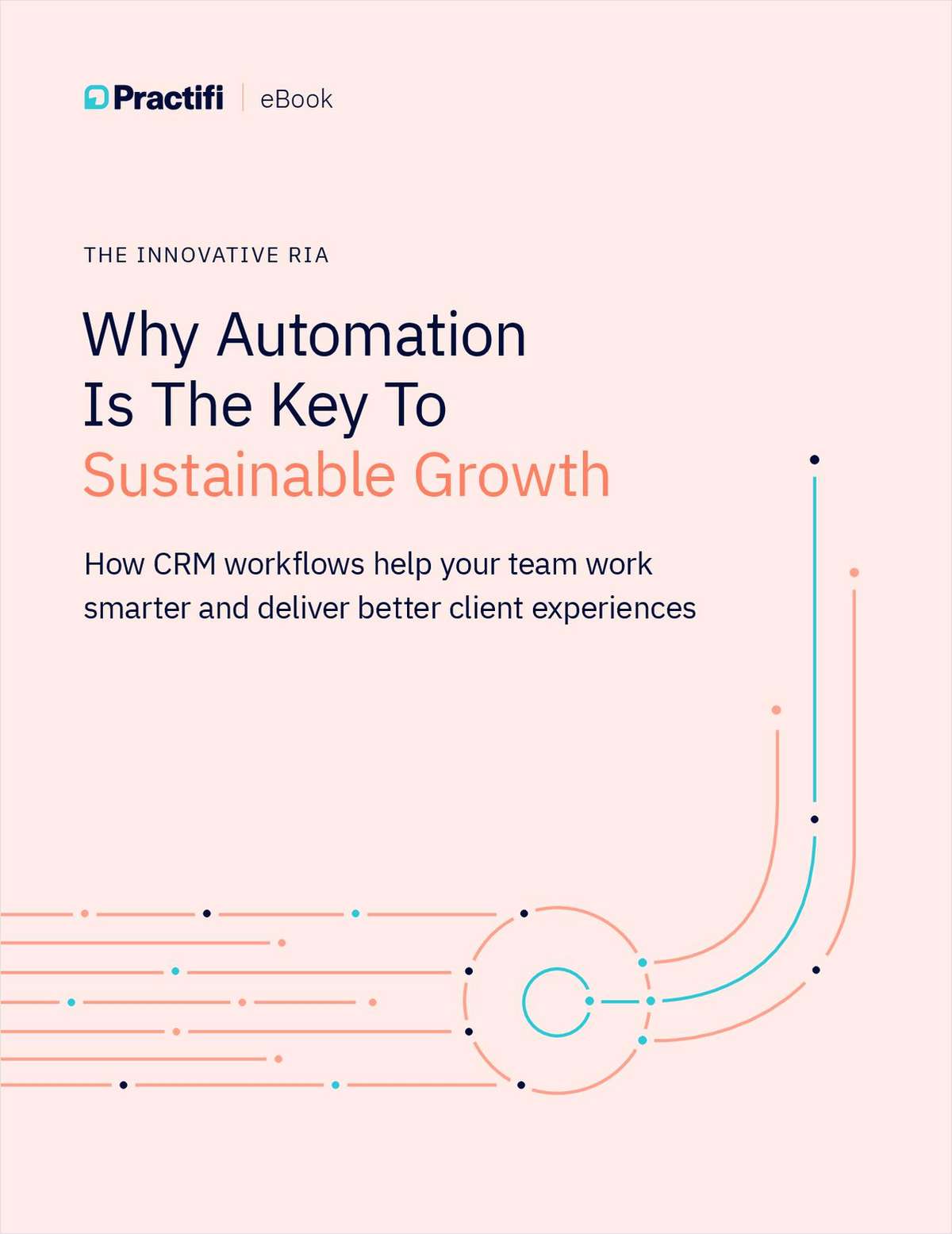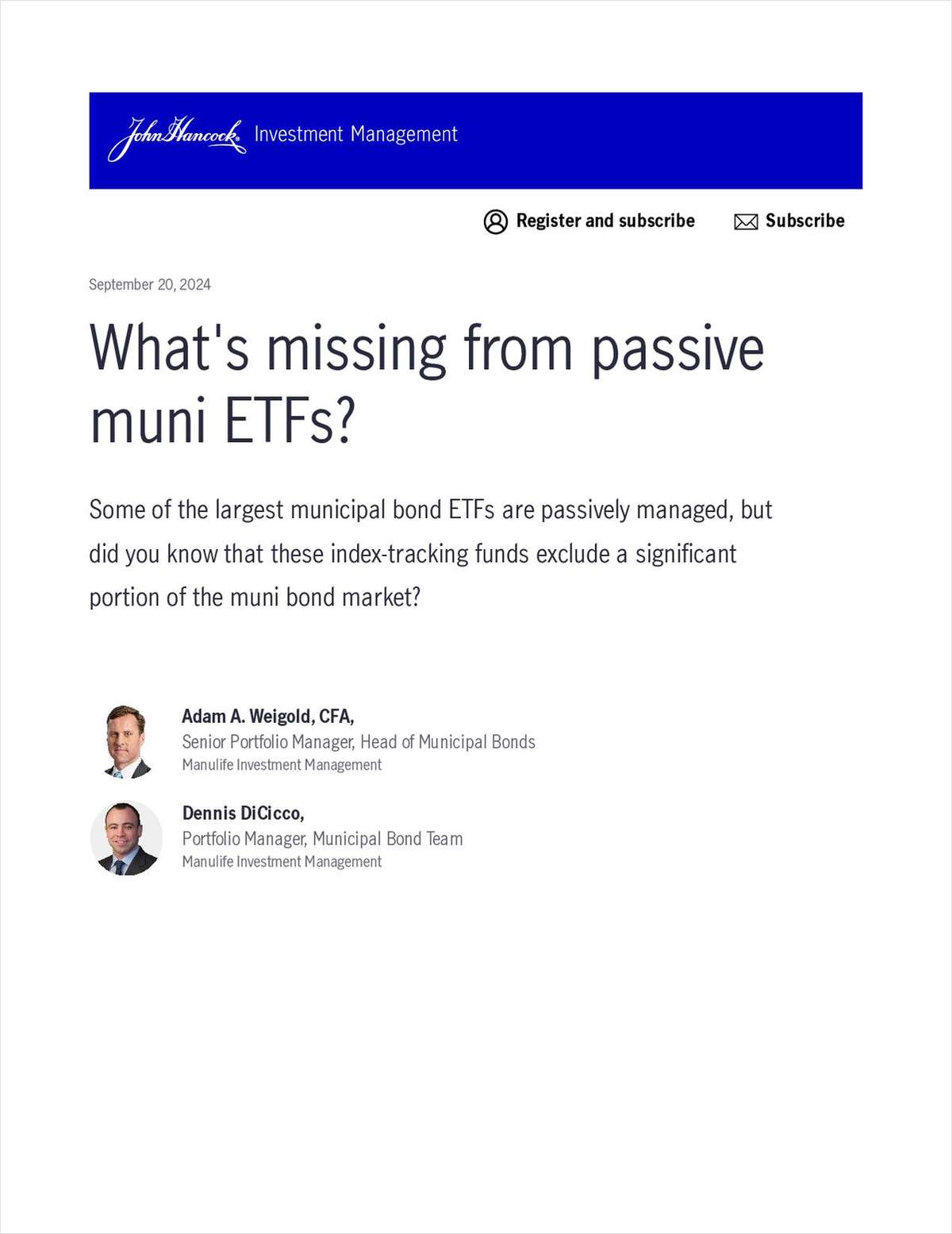
The state of the U.S. stock market presents a complex set of challenges that merit careful consideration by advisors and investors alike.
The unprecedented concentration of market value in the "Magnificent Seven" technology companies — Apple, Microsoft, Alphabet, Amazon, Nvidia, Meta and Tesla — has created both remarkable gains and significant systemic risks that could affect the broader market's stability.
This has led to a situation in which the performance of a handful of companies can dramatically influence the entire market's direction.
As of early 2024, the Magnificent Seven accounted for about 28% of the S&P 500's total market capitalization, a level of concentration not seen since the 1970s. To put this in perspective:
- In 2019, these same companies represented about 15% of the index.
- During the peak of the 2000 dot-com bubble, the top seven companies comprised roughly 17% of the S&P 500.
- In the 1970s, the most concentrated period before now, the top seven companies made up about 20% of the index.
The effects of this concentration are evident in market returns:
- In 2023, the Magnificent Seven contributed about 62% of the S&P 500's total return.
- When excluding these seven companies, the remaining 493 stocks in the index showed significantly more modest gains.
- The average price-to-earnings ratio of the Magnificent Seven of approximately 35x is nearly double the broader market average of 19x.
This level of concentration creates systemic risks:
- A 10% decline in these seven stocks would trigger a 2.8% drop in the S&P 500, even if all other stocks remained unchanged.
- Index funds, which now represent over 40% of all stock market assets, are forced to maintain these concentrated positions, increasing the risks in index funds should these positions lose value.
- The correlation between these stocks has increased, meaning that they tend to move together. That amplifies both gains and losses.
Valuation Concerns in Tech
Current valuations of many technology companies, particularly in the semiconductor and artificial intelligence sectors, have reached concerning levels. For example:
- Nvidia trades at about 35x forward sales, compared to a semiconductor industry average of 4x.
- The combined market capitalization of the Magnificent Seven ($12 trillion) exceeds the GDP of every country except the United States and China.
- These companies trade at an average enterprise value to EBITDA ratio of 25x, versus 15x for the broader market.
These elevated valuations echo historical market bubbles:
- The 1970s Nifty Fifty saw companies like Polaroid reach 90x earnings before falling 90%.
- During the 2000 tech bubble, Cisco peaked at 150x earnings before declining over 80%.
- The 1989 Japanese asset price bubble saw the Nikkei 225 lose 60% of its value when concentration risks unwound.
Supply Chain Vulnerabilities
The semiconductor industry, crucial to many of these tech giants, faces significant supply chain challenges. The concentration of chip manufacturing in specific geographic regions, particularly Taiwan, creates geopolitical risks.



